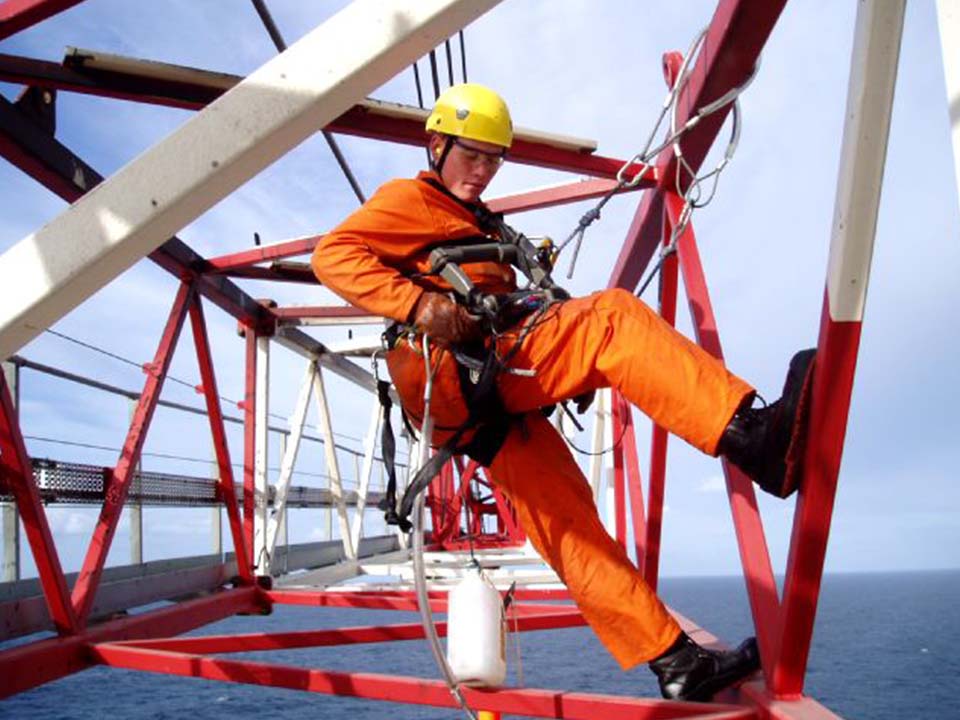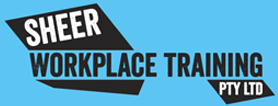RIIWHS204E Work safely at heights
STUDENT INFORMATION
Course outline and delivery information
| Upcoming Dates | Location | Available Spaces | Cost | Myself | Corporate |
| 7 July 2025 07:00 am - 02:30 pm | Hemmant - SWT Head Office | 9 | $295.00 | ||
| 11 July 2025 07:00 am - 02:30 pm | Hemmant | 3 | $295.00 | ||
| 14 July 2025 07:00 am - 02:30 pm | Hemmant - SWT Head Office | 10 | $295.00 | ||
| 21 July 2025 07:00 am - 02:30 pm | Hemmant - SWT Head Office | 10 | $295.00 | ||
| 28 July 2025 07:00 am - 02:30 pm | Hemmant - SWT Head Office | 10 | $295.00 | ||
| 4 August 2025 07:00 am - 02:30 pm | Hemmant - SWT Head Office | 10 | $295.00 | ||
| 11 August 2025 07:00 am - 02:30 pm | Hemmant - SWT Head Office | 10 | $295.00 | ||
| 18 August 2025 07:00 am - 02:30 pm | Hemmant - SWT Head Office | 10 | $295.00 | ||
| 25 August 2025 07:00 am - 02:30 pm | Hemmant - SWT Head Office | 10 | $295.00 | ||
| 1 September 2025 07:00 am - 02:30 pm | Hemmant - SWT Head Office | 10 | $295.00 | ||
| 8 September 2025 07:00 am - 02:30 pm | Hemmant - SWT Head Office | 10 | $295.00 | ||
| 15 September 2025 07:00 am - 02:30 pm | Hemmant - SWT Head Office | 10 | $295.00 | ||
| 22 September 2025 07:00 am - 02:30 pm | Hemmant - SWT Head Office | 10 | $295.00 | ||
| 29 September 2025 07:00 am - 02:30 pm | Hemmant - SWT Head Office | 10 | $295.00 |
Work safely at heights training equips participants with the skills and knowledge to work safely at heights using a combination of practical and theory training methods. This training is appropriate for those required to work at heights as part of their role. The training is delivered face to face and typically takes a maximum of 8 hours to complete depending on group size and experience. We can deliver courses from one of our locations or on-site, providing the correct equipment is available.
Sheer Workplace Training is responsible for the quality of the training and assessment and will be issuing the statement of attainment for this unit through RTO number 45597.
Entry requirements work safely at heights training
There are no formal entry requirements for this course. However, participants will need to demonstrate sufficient English language, literacy, numeracy and visual interpretation skills. There are no prerequisite, entry, work-placement, licensing, certification or pre course study requirements for this course.
Personal safety clothing must be provided by the student and worn during training. Sheer Workplace Training will provide additional safety equipment, which students must wear throughout the practical aspect of the training.
Participants must be at least 17 years of age at the commencement of this course.
Physical requirements
It is important to note that physical standards relate to the level of performance required when undertaking accredited training. There can be no exceptions to these Australian Government requirements that are clearly written into the Training Package.
Therefore, students who are unable to satisfy the physical requirements of the course cannot be deemed competent or issued with a statement of attainment even if the qualification is a necessary part of their employment conditions.
WAH course is very practical/physical and requires a certain level of fitness. Person participating in the course should feel comfortable climbing ladders, hauling ropes and be able to lift approximately 10kilos of dead weight. Any injury may need medical clearance.
The Australian Skills Quality Authority (ASQA) has developed fact sheets to allow you to be fully informed about your decision to enrol in the course of study. We recommend reading this information before enrolling.
If you have any questions or concerns regarding the entry requirements, please call 07 3901 0804.
Course fees
Course fees are payable before completion of the course. Discounts can be applied for group bookings.
Course fees will be communicated to you prior to confirmation of enrolment.
Funding
You may be eligible for funding to assist with the fees for this course. Funding such as Jetco and BERT may be accessible. Please contact our administration team to discuss eligibility. More info
Work safely at heights Brisbane is suitable for people in:
Unique Student Identifier (USI)
Completing any vocational education course in Australia is a requirement for you to obtain and supply a USI. This is obtainable from usi.gov.au. If a USI is not supplied and verified with usi.gov.au, a certificate cannot be issued to you.
Resources
The following specialised equipment will be made available for the use of the Trainer/Assessor (if required) depending on the assessment environment and individual workplace.
Manuals and forms:
Working at heights safety equipment
Work safely at heights assessment
Theory assessment:
You will be assessed on:
Work safely at heights Brisbane practical assessment:
The work safely at heights training simulated assessment environments will reflect the real-life working environment where individuals would perform these tasks. With all the relevant equipment and resources of that working environment. Skills must be demonstrated by the student working individually in an environment that provides realistic, in-depth, industry-validated scenarios and simulations to assess students’ skills and knowledge.
Students must know the content of this course. The assessable practical skills are listed below.
You will be assessed on performing working at heights scenario and task demonstrations for:

ENQUIRY FORM
Call us on 07 3901 0804 or fill out the form below for further information.
Disclaimer: All information is kept secure and will not be shared or sold to any third party.

